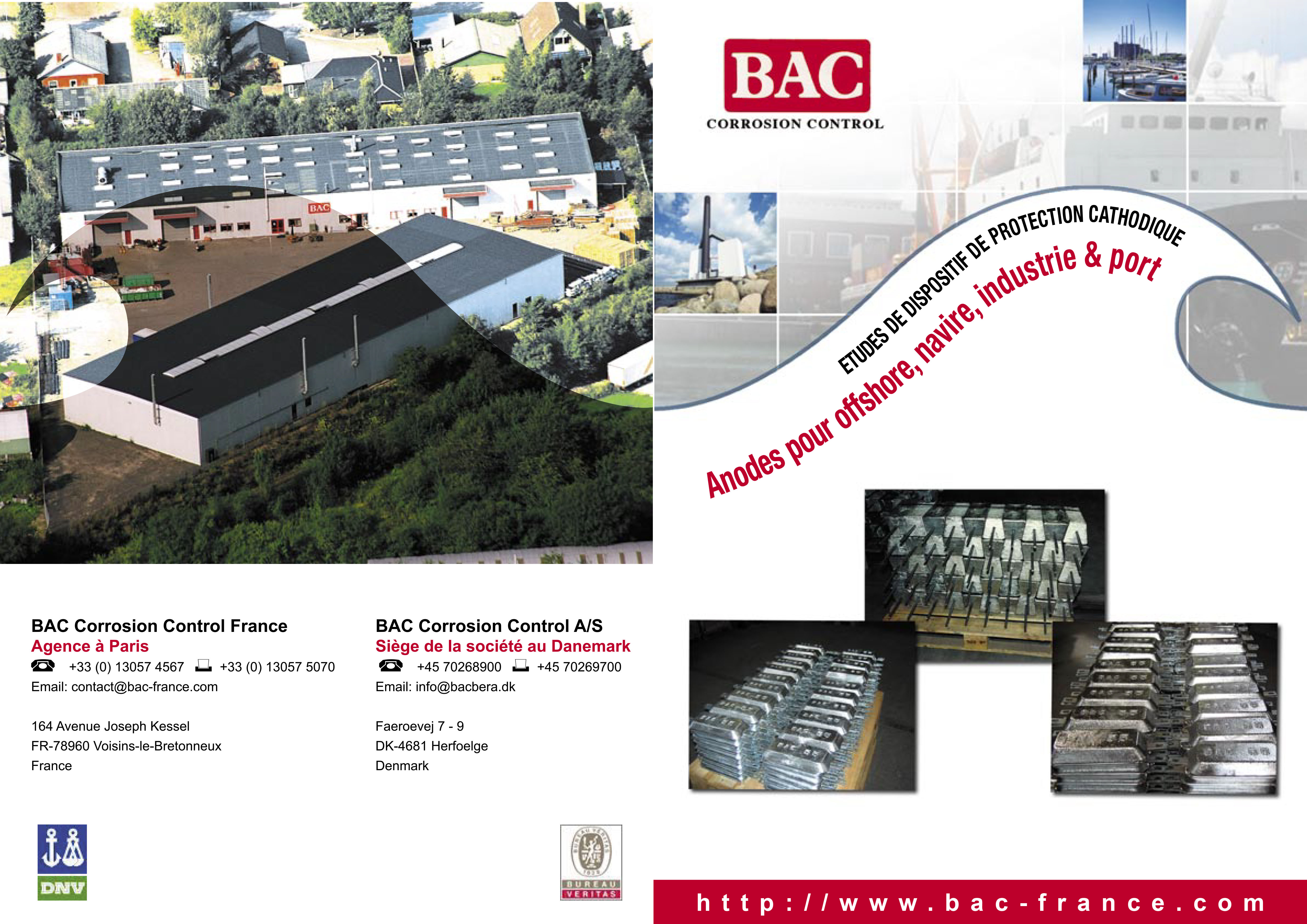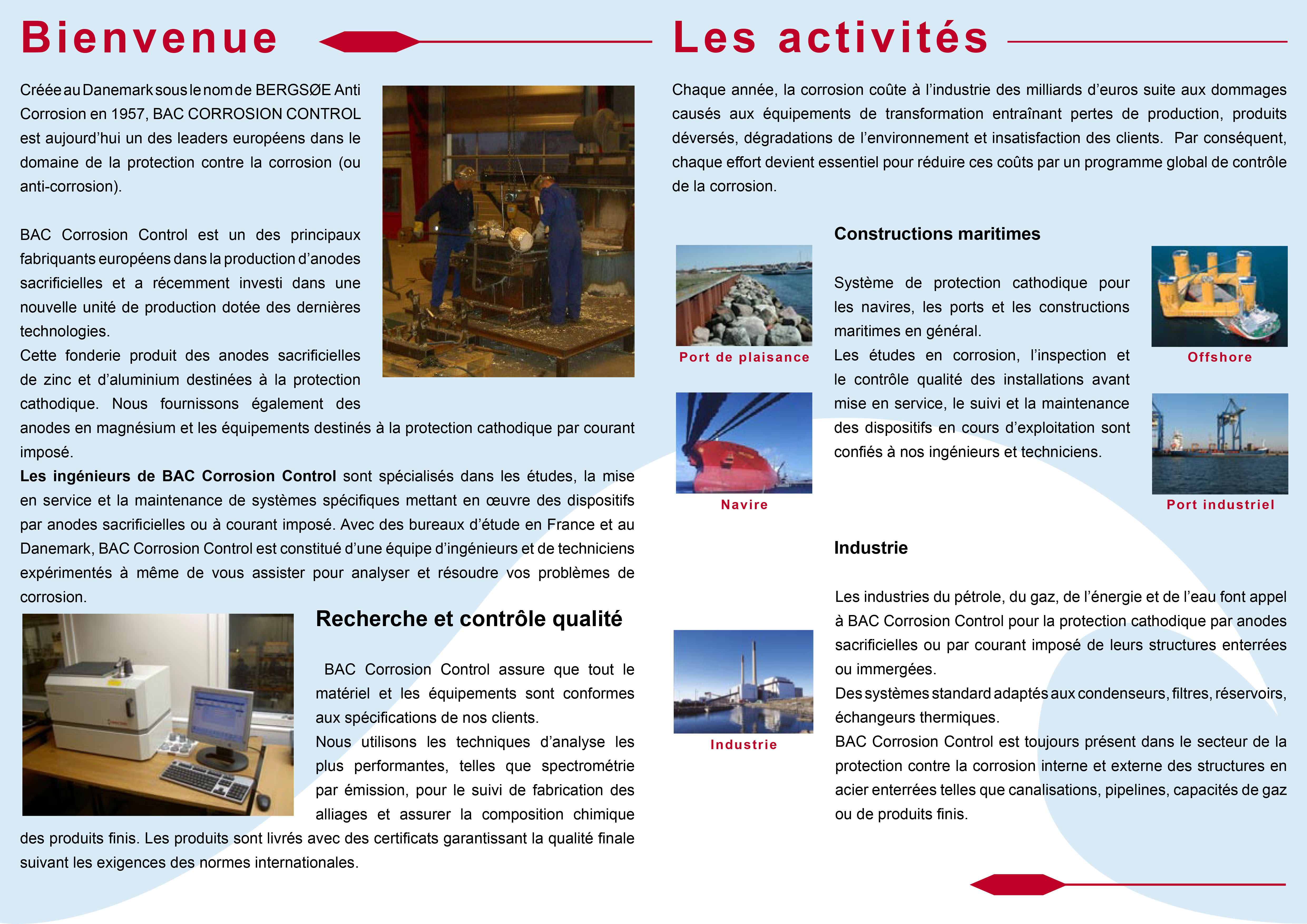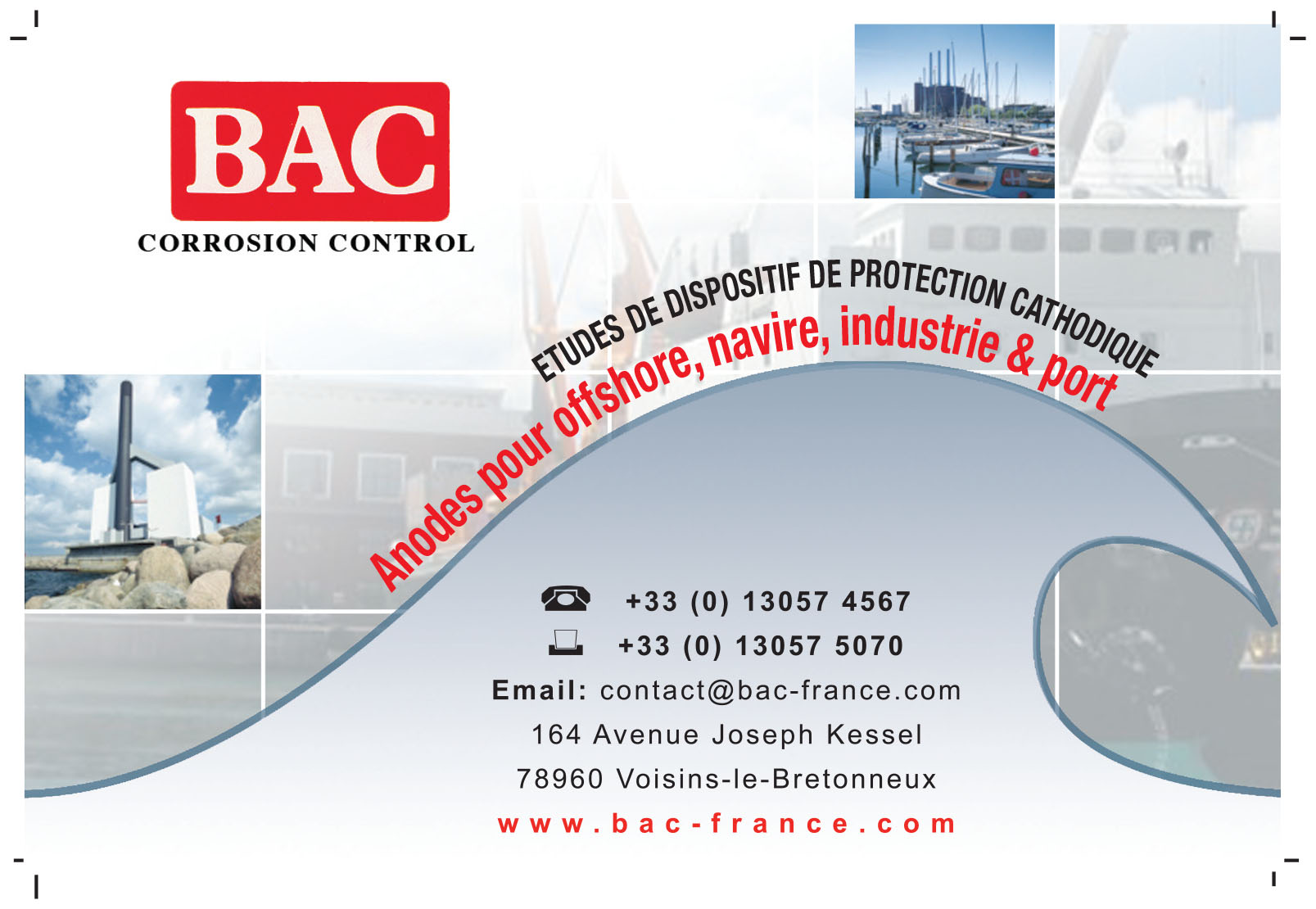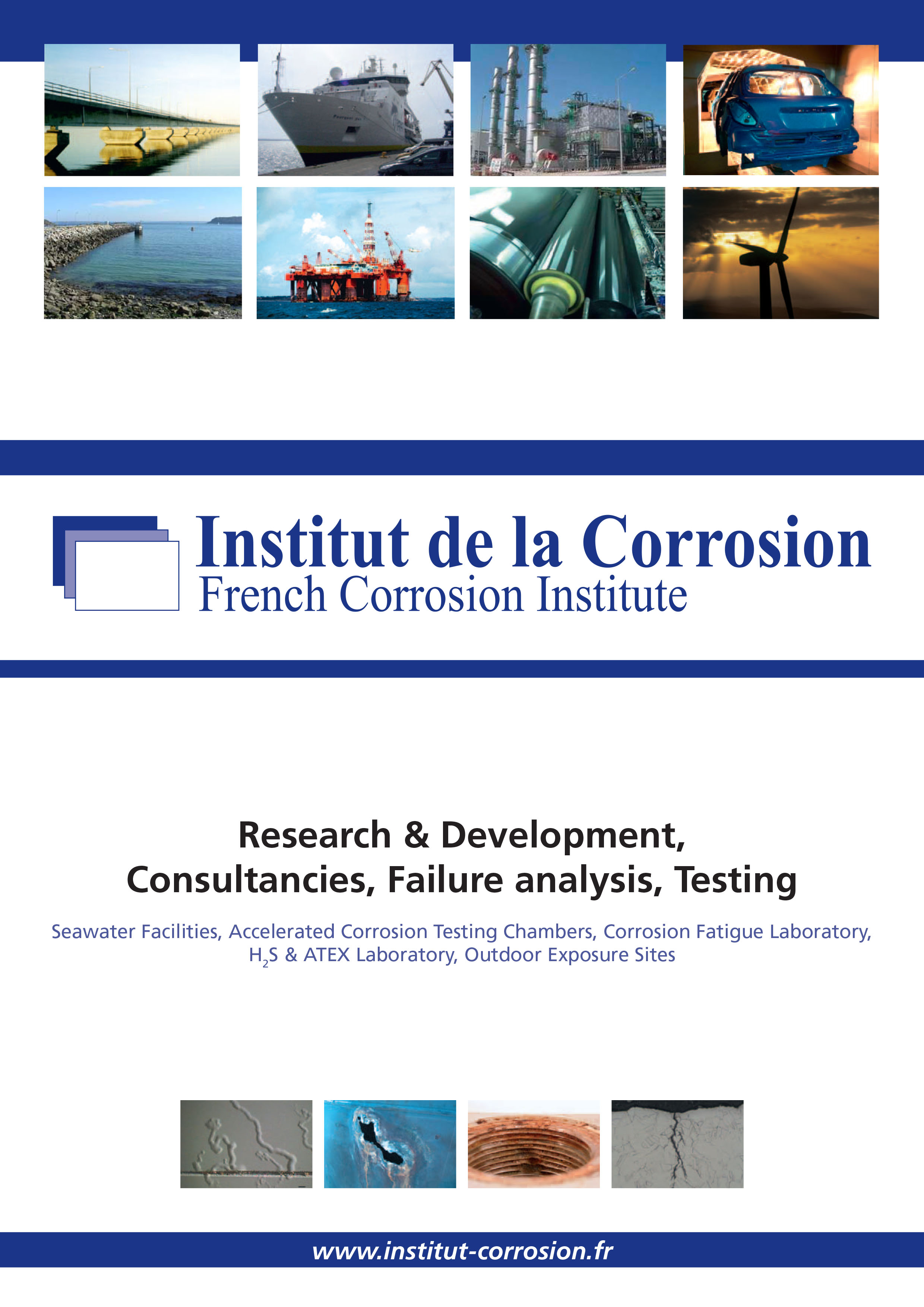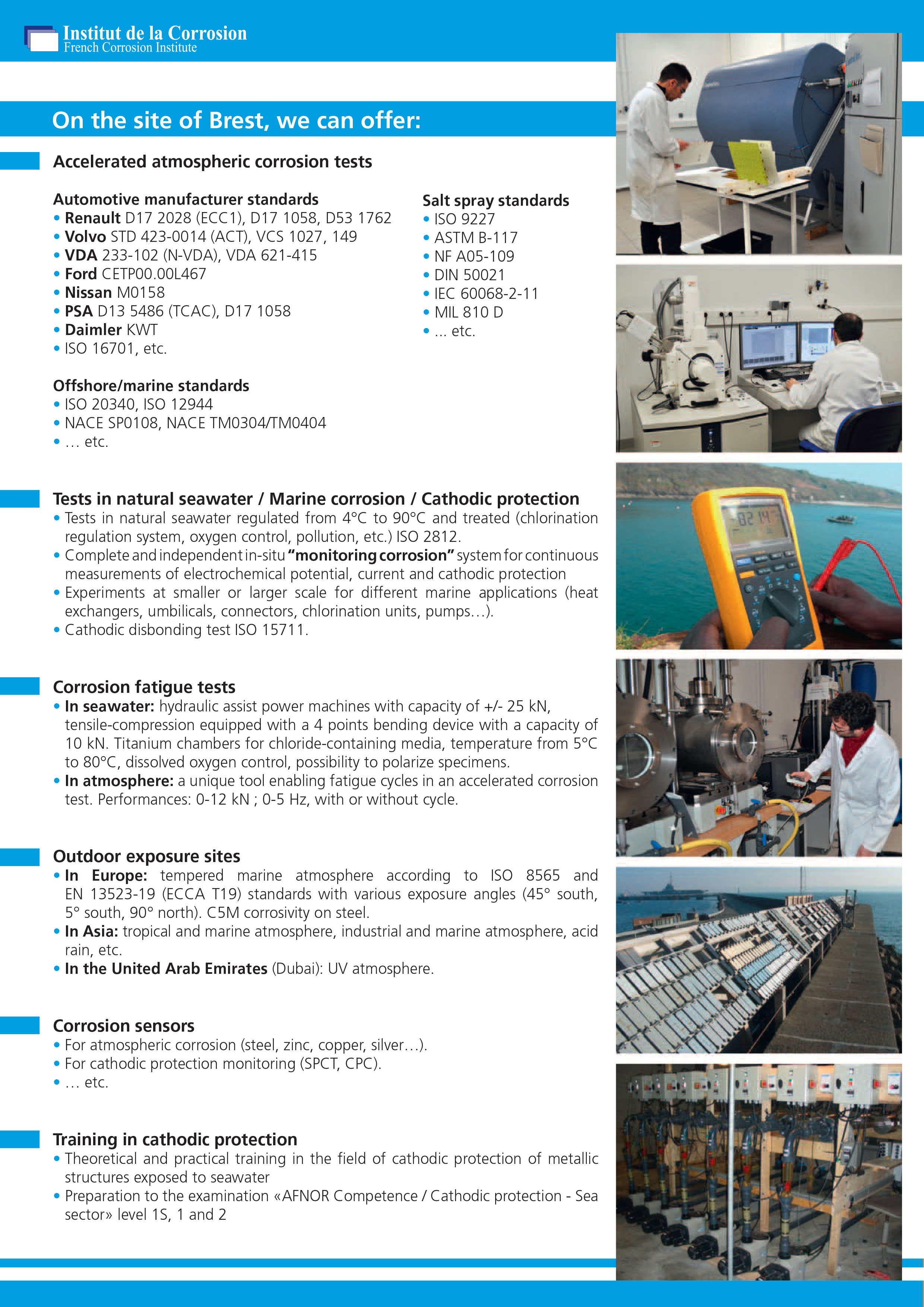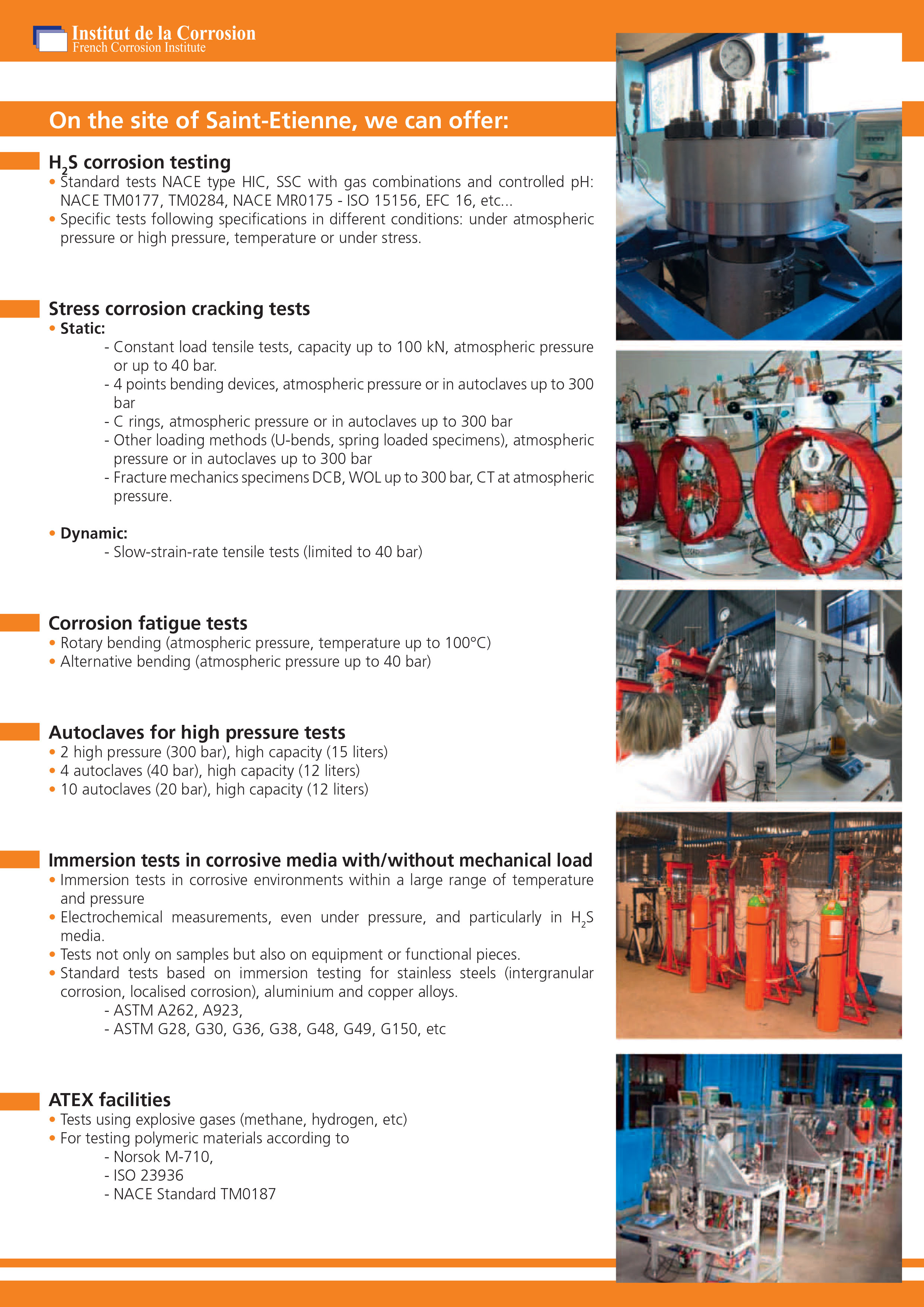Types of cathodic protection for buried structures
The cathodic protection of buried structures can be achieved with galvanic anodes but more generally by impressed current. In all cases the anodes are buried.
General information about the design of an installation
The lifespan of a cathodic protection installation is about 15 or 20 years, because it is better to have a long interval between excavations.
The current density to be taken into account when an installation is designed depends on the type of cathodic protection and the coating on the pipes. Chart 1 gives an example of these current densities for coated steel. For a non-alloyed steel that is not coated, the current density to be taken into account depends on the moisture in the soil.
Tableau 1 : Examples of current densities (cd) to be taken into account when a cathodic protection for a pipe is designed
| Coating | Impressed current protection | Galvanic anode protection |
|---|---|---|
| Polyethylene or epoxy. | 0,1 mA.m-2 | 0,05 mA.m-2 |
| Bituminous type | 0,4 mA.m-2 | 0,1 mA.m-2 |
The differences of current densities between the two techniques can be explained by the very different distribution of the anodes according to the selected protection type.
For protection by galvanic anodes, it is a zinc or magnesium alloy surrounded by a regulating mixture called “backfill” made from bentonite and calcium sulphate. Aluminium anodes cannot be used because the soils generally do not contain enough chlorides ions to avoid their passivation which leads to a fall in the galvanic current flow.
Electrical cables are fixed on the buried structure, and regularly spaced out to allow measurements of potential on the surface, from a measurement box
Interactions with close structures
The locatioin of the anodes must take into account that there may be metal structures in the vicinity of the one we wish to protect. A buried pipe can also be influenced (electromagnetic induction) by a very high voltage powerline, near and parallel. On the defects, the steel in contact with the ground can then corrode. In this case, it is necessary to earth this pipe, generally at the ends the section that is parallel to the line, while blocking the passage of the protection direct current in the connection thus created.
Railways with electric current are also a source of interference for the cathodic protection of the pipes in their vicinity. It is generally necessary to install stray current “drains” in order to avoid any current leakage from the structure to be protected towards the ground.


